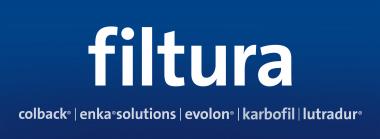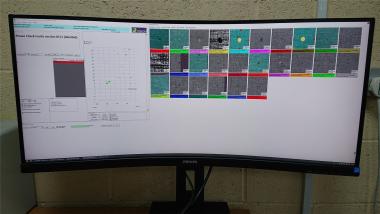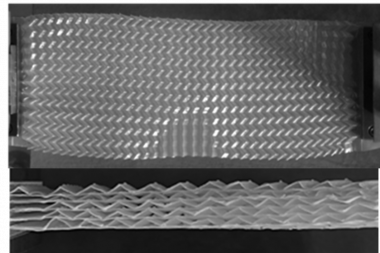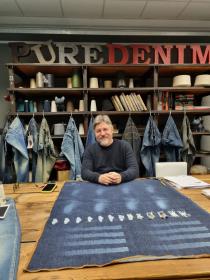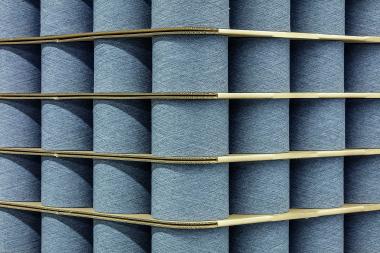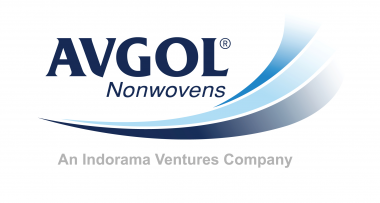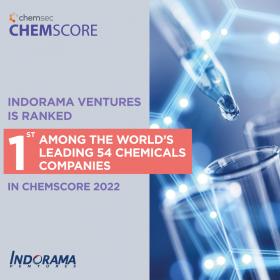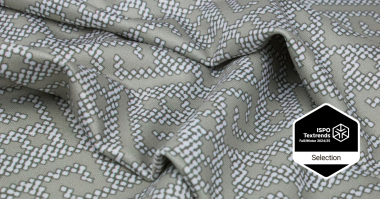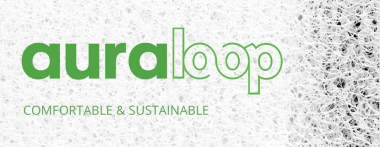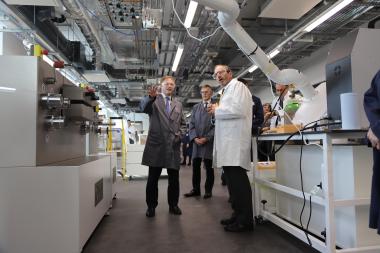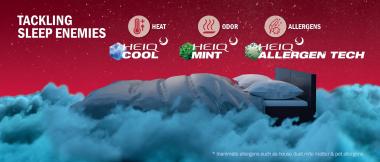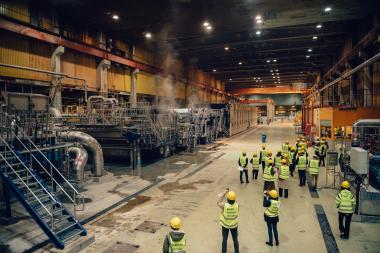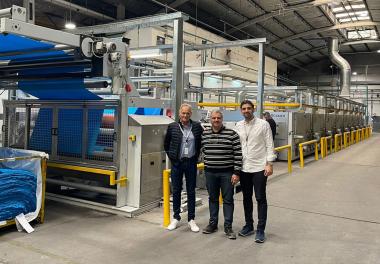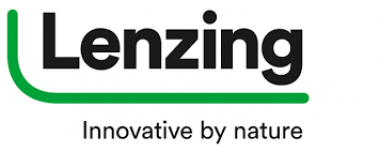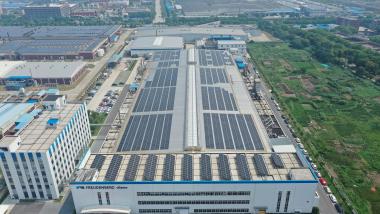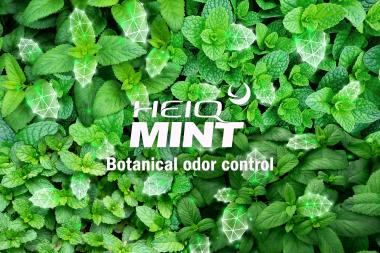Freudenberg Performance Materials: New brand for filter media
Freudenberg Performance Materials announces the launch of Filtura, its new product brand for filter media solutions. Filtura is a comprehensive portfolio of innovative high-performance filter media products and customized solutions for air and liquid filtration. The company is debuting Filtura at Filtech, the international trade fair for the filtration technology industry, in Cologne in February 2023.
Freudenberg Performance Materials’ established Colback®, Enka®solutions, Evolon®, Karbofil and Lutradur® brands are being brought together under the Filtura brand. With the new brand, the specialist for technical textiles is pooling its know-how more effectively across products lines and giving innovations for the filter media market a further boost. Filtura will enable Freudenberg Performance Materials to extend its position in this market.
Freudenberg Performance Materials filtration technologies FILTECH Filtration textiles
Freudenberg Performance Materials Holding SE & Co. KG


